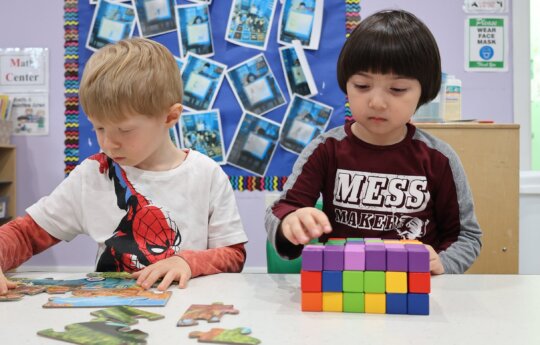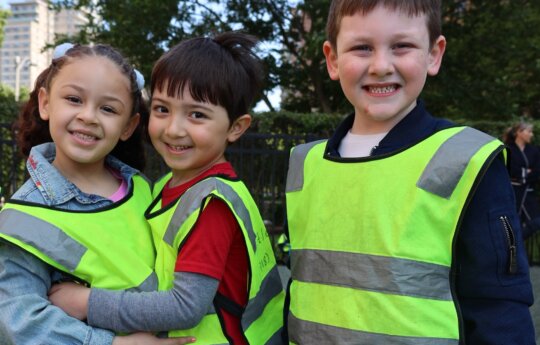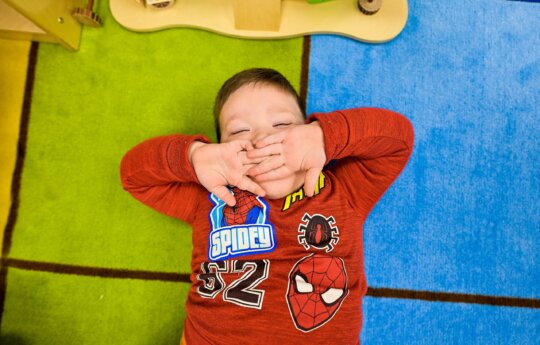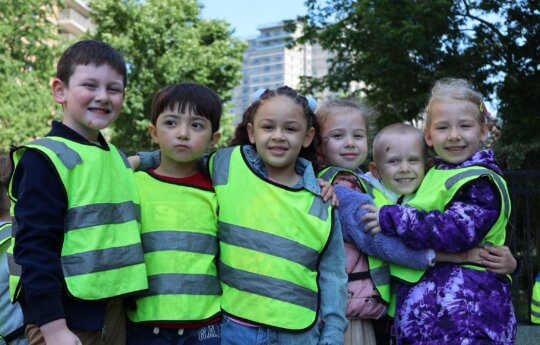
Bullying in early childhood may be different from bullying in children of an older age, but it is not less significant. In preschool settings, bullying manifests itself as repeated aggressive behavior toward another child with the goal to hurt or exclude them. It may be physical attacks, such as pushing or hitting, verbal abuse, for instance, name-calling, and social exclusion, when some children are intentionally kept out of group activities to this end.
While various forms of this behavior may seem typical of childhood conflicts, the distinctive feature of bullying is the duration and intent of the action. It is important to address the behavior early because the years of early childhood are formative in a child’s social development: by understanding themselves in relation to their peers, preschool children begin to develop a general idea of this world.
Bullying Behavior in Early Childhood: How Does It Begin?
Bullying in early childhood refers to all repeated, intentional behavior by one or a number of children towards another child that may harm or upset this child, either physically, verbally, or socially. Young children, unlike older ones, may not understand the least of the consequences of their actions, but intention and repetition are the key elements used in the definition of bullying.
Common Behaviors and Signs of Bullying
Bullying may occur in diverse ways, and caregivers and educators should be able to recognize it.
- Physical bullying may involve hitting, pushing, pinching, and other forms of aggressive behavior.
- In its turn, verbal bullying is manifested through name-calling, teasing, or threats.
- Relational bullying is more subtle: spreading rumors, excluding someone from a group, or manipulating friendships.
Various signs may inform that a child is bullied: the kid becomes more withdrawn or aggressive, shows fear every time when it is time to go to daycare or school, frequently receives some injuries, or loses belongings.
Psychological and Social Factors Contributing to Bullying
Several factors may explain why children bully others:
- Lack of empathy: Young children are still learning to recognize and take into account the feelings of others. If they lack this ability, children are more likely to hurt others without understanding how and why this might affect the victims emotionally.
- Behavior modeling: Children typically adopt observed behavior . If a child sees bullying at home, in media, or towards a peer, they could copy this behavior, seeing it acceptable.
- Need for dominance or control: Some children may bully others to enforce their dominance or control over the environment, a relational aspect that they might perceive absent in other aspects of their lives.
- Social and peer learning: This highlights the availability, lengths, and nature of relationships with other children in different social clubs. Children observe the behavior around them and pick it up carelessly and uncritically. At the same time, many peer groups either promote or, at the very least, turn a blind eye on the actual case of bullying.
Overall, while bullying cannot be completely stopped or eradicated, it is possible for caring educators to spot the earliest signs and causes in order to help children correct their negative social behavior and permanently block the problem at their earliest stages.
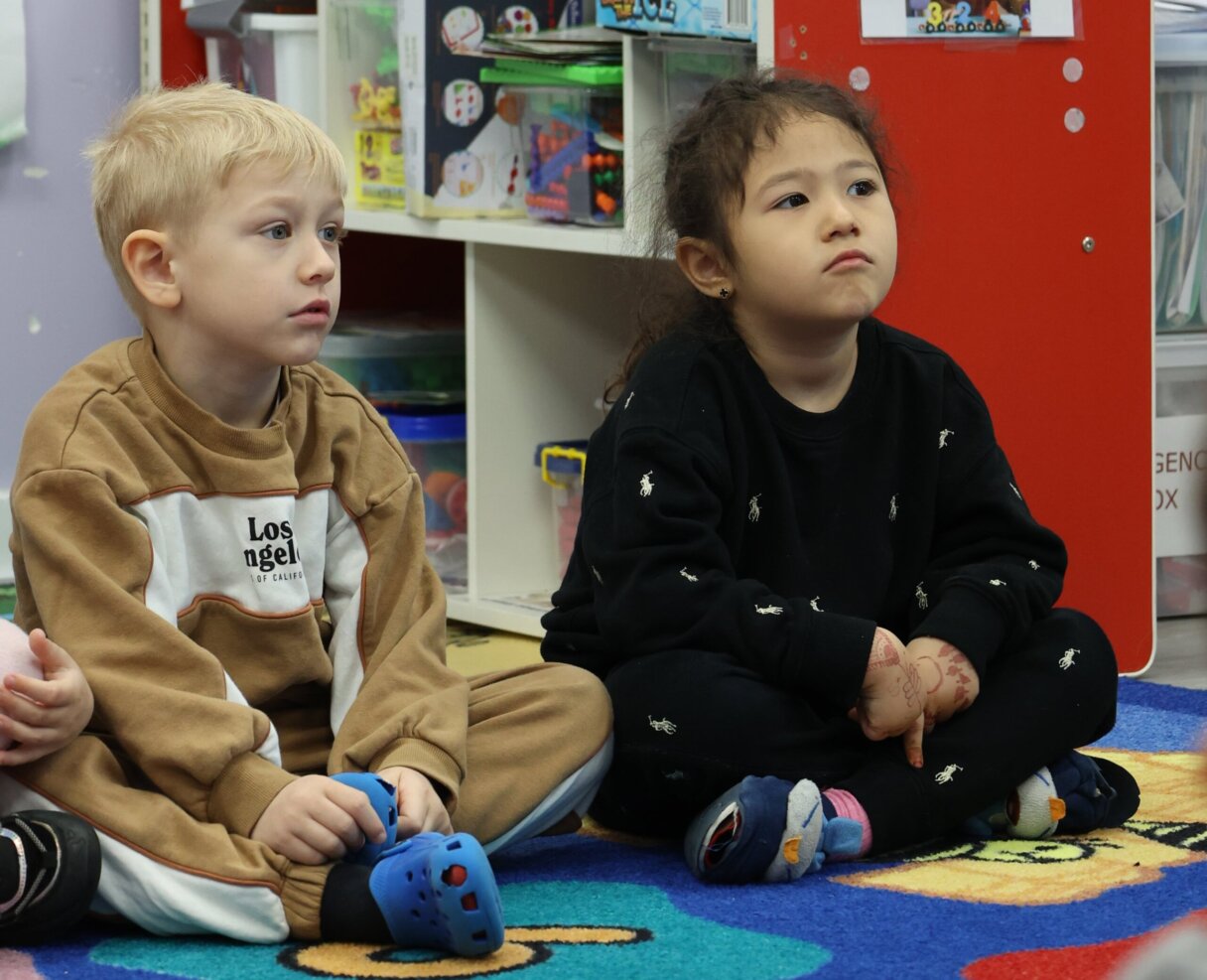
Preventing Bullying in Early Childhood
Monitoring interactions among children may help to identify signs of bullying, as well as the dynamics that result in such behavior. Creating an inclusive environment, where all students feel special and important, may prevent bullying: strategies may include engaging children in play, which requires teamwork and sharing, teaching diversity and respect for differences in such way that pre-school children can understand, and establishing and maintaining clear rules regarding how each child shall be respected.
Effective and Immediate Intervention Strategies
When bullying is happening, addressing the situation is vital. Educators must:
- Get in the middle to stop harmful behaviors and ensure the safety of everybody.
- Separately speak to each child concerned to learn what actually happened.
- Use age-appropriate strategies to explain why the behavior is inappropriate and chat about feelings and results.
Tips for Parents to Identify and Address Bullying
Parents play a substantial function in preventing and addressing bullying. They can:
- watch for bullying-specific signs or just their children’s discomfort;
- actively communicate with their children about day-to-day events and their interactions with other children;
- teach and demonstrate respectful behavior at home.
With educators, parents can also collaborate in building a united front against bullying. The collaboration may include:
- regular updates between parents and teachers on their children’s social life;
- the development and joint use of ways and strategies against bullying to ensure there is consistency of response at school and at home;
- the organization of parents’ meetings by educators, where parents can learn to interpret the signs of bullying in their children and discuss them with their children.
Character Education and Social Skills Training
Character education involves teaching children basic human values that include honesty, kindness, generosity, courage, freedom, justice, and respect. These principles may be integrated into a daily curriculum in different ways:
- Thematic lessons: for example, you may include the themes of empathy and respect in your story time or any other activity;
- Daily routines: implement character education in everyday interactions and routines and make sure that children are praised for good behavior while being gently corrected otherwise;
- Environment setup: designs your classroom to promote sharing and cooperation.
Specific Lessons and Activities to Promote Empathy, Respect, and Kindness
To make children develop empathy, respect, or/and kindness, teachers can plan a series of activities to help the learners get a hands-on experience of these concepts:
- Books and Story-telling: Teachers can review a series of books that describe a particular concept. In the end, the students can participate in a group discussion by giving examples from the books where they would feel or act like the character.
- Empathy Role-playing: The teacher can make up interactive tasks or scenes where students have to play a role. For example, they can “become the new kids at school”, “playing with someone who is really sad”, and “seeing someone that needs help”. The teacher should take one of the roles to facilitate the discussion.
- Projects in Kindness: Teachers can create a series of projects that involve helping others. For example, the learners will have to make cards for the sick child at school every month and create something as a group for the forest workers.
Role-Playing and Other Interactive Methods to Teach Appropriate Social Interactions
Role-playing is a tool used to teach social skills to children. It provides a means for children to explore and make sense of social interactions in a controlled environment. Activities that can be implemented include:
- Conflict resolution role-play: Set up different situations where the children have to resolve small conflicts such as sharing toys or choosing what game to play, and walk them through the process of negotiation and compromise.
- Social skill games: Games that require taking turns and working together to achieve a goal can be used to reinforce the concepts of fairness and respect. An example of this is games that involve playing with a ball, where one has to pass the ball to another while complementing them.
- Modeling and practice: Regularly model the positive interaction and give the children immediate practice opportunities. This can be through structured play or group activities where the educator plays with the children regularly.
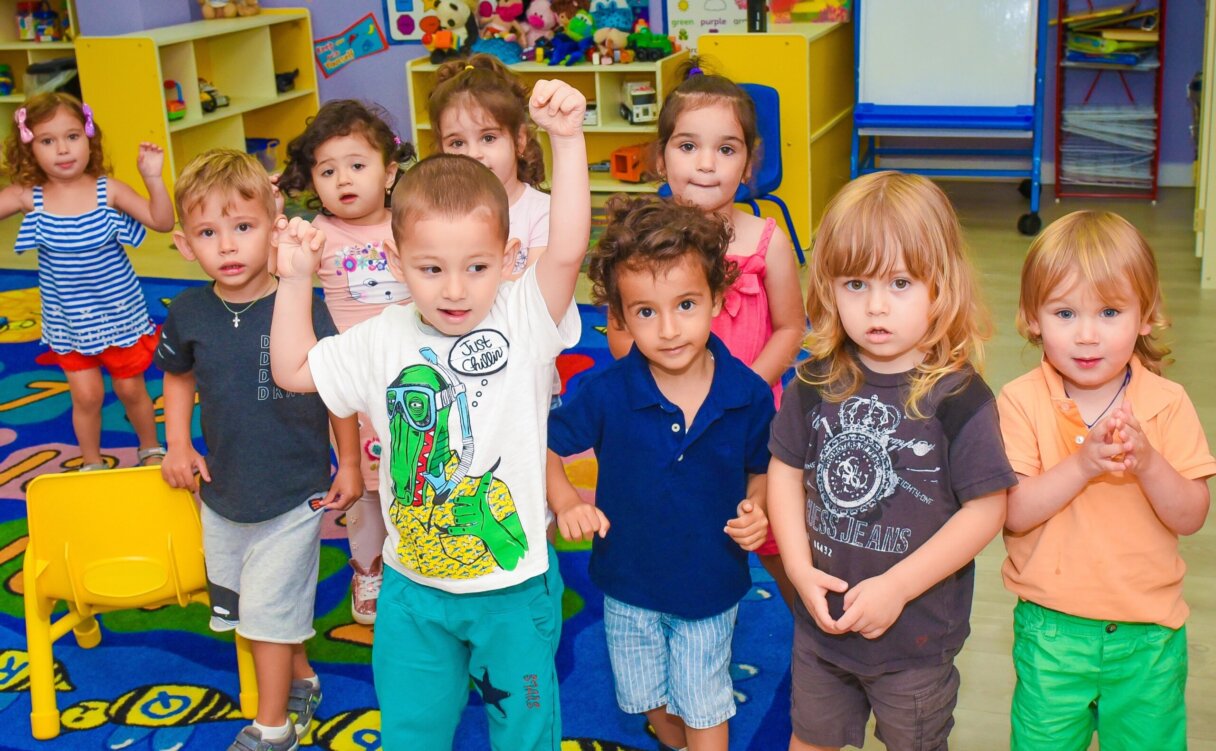
Creating a Bully-Free Environment
Developing Clear Policies and Rules Against Bullying
The establishment of clear, understandable, and enforceable rules against bullying is crucial to providing a safe environment for schoolchildren. The following measures can be employed in this respect:
- Rules should be age-appropriate. Be concise and simple so that small kids can understand them. Examples include “Use kind words”, “Keep hands to ourselves”, “Include everyone in play.”
- Rules should always be in view. They should be prominently displayed in every classroom and common room, so that both kids and adults are reminded of them.
- Children need to be involved in creating these rules. This will give them a sense of ownership and make them understand the reasons behind these rules.
Fostering a Culture of Acceptance and Cooperation
Bullying behaviors can be greatly reduced by creating a culture in which every child feels welcomed and accepted. This culture can be achieved through:
- Diversity Education: Instruct children on the differences and similarities between people of different cultures, abilities, and other backgrounds to understand and respect them.
- Group Activities: Children should often engage in activities which require cooperation and working together as a group. Doing so will allow each child to develop ties with a broad range of other children and reduce the propensity to exclude others.
- Positive Role Modeling: School staff should always demonstrate ideal behavior and manners towards one another and among the broader staff.
Consistent Reinforcement of Positive Behaviors
Consistent reinforcement of positive behaviors can help create and reinforce a bully-free culture since it highlights and rewards certain behavior rather than correcting negative ones. One of the prominent examples of its implementation is:
- positive reinforcement – using praise, stickers, or other small rewards for following the basic values of courtesy, respect, and inclusion.
- behavior reflection – children can reflect on certain situations and behavior to understand what the consequences of certain actions were and how they made people feel because of these actions.
- regular feedback – it is possible to discuss certain issues or just inform parents and children about their progress in developing good behavior.
Conclusion
Bullying in early childhood needs to be addressed not only because it is not good. On the one hand, it is evident that bullying of all sorts is better to be avoided than not. On the other hand, to fight against bullying is essential because it helps create an environment within which children may feel comfortable with. In other words, the earlier the problem is defined and responded to, the earlier children will gain useful skills of social behavior.
When bullying is not tolerated, little children learn to resonate with one another, display mutual respect, and regard each other with proper kindness. It is one of the responsibilities and tasks with which everyone in early education program needs to deal: constant monitoring, leveraging of positive behaviors, and constant education.

